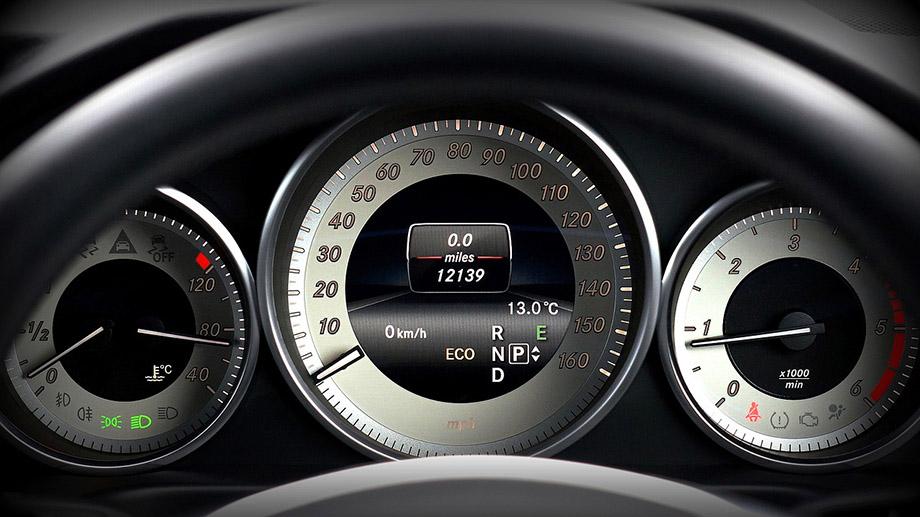WebyMon - The dashboard

- Introduction
- Dashboard: Brief history
- Dashboard: Our radar chart / competitor analysis
- Dashboard: Our line graph / competitor analysis
- Dashboard: Deep site monitoring
Introduction
Of course as with any software tool, whether it’s locally installed or running online, the backend is the car’s engine and the frontend is the steering and the dashboard. The complex data processing that goes on at the backend isn’t worth very much if the frontend isn’t easy to use and useful. At the end of the day people want the car to be a pleasure to drive and they, for the most part, aren’t too interested in what’s under the hood as long as the engine performs. The user interface should be something that engages and informs the user and is intuitive to use. It’s the Information Age. We are bombarded with information. Finding ways to present the data is of paramount importance.
Dashboard: Brief history
Interestingly, the word dashboard applied to a barrier of wood or leather fixed at the front of a horse-drawn carriage or sleigh to protect the driver from mud or other debris "dashed up" (thrown up) by the horses. Commonly these boards did not perform any additional function other than providing a convenient handhold for ascending into the driver's seat, or a small clip with which to secure the reins when not in use.
Dashboard: Our radar chart / competitor analysis
Well, what we have to offer is a million times more interesting and useful than looking at the back of a horse. ;) Sign up and log in and check your dashboard…
First off you’ll see a cool radar chart that shows your site’s performance compared to your biggest competitors (if you add them to your project, which is something we recommend you do). You can focus on the performance of your site and your key competitor by removing the unnecessary ones in your radar chart. Simply click on one or more of the colored rectangles below your radar chart to temporarily remove it from your view. To the left of the radar chart you can also see the best and worst values regarding response times, uptimes and HTML size. By scrolling down the page you can see a fuller list view of these values compared to your competitors…
Dashboard: Our line graph / competitor analysis
By clicking on the Daily tab you will see a line graph view…
Here we can clearly see that our user (red) has been faring consistently with regard to performance and that its website response times are faster than those from most of its competitors. We can see that on August 25 a competitor (dark green) had a considerable slowdown peak in response time. And the orange-colored competitor’s website is probably not going to be too much of a serious problem to our user’s business as the site is consistently slow so obviously people will leave.
Dashboard: Deep site monitoring
You can also keep a very close eye not just on the shop window of your business (a.k.a. Your frontpage), you can also monitor the performance of all the aisles (a.k.a. Your subpages)...
By clicking on the URLs button at the top of every page of your dashboard experience, you can take a look at all performance issues of every page of your own site that you wish to monitor. We recommend adding some of your shopping cart pages so that you can also be alerted of any critical errors that may be halting your customers from completing their purchases, for example.
Sign up today and start monitoring the situation with your WebyMon dashboard.
